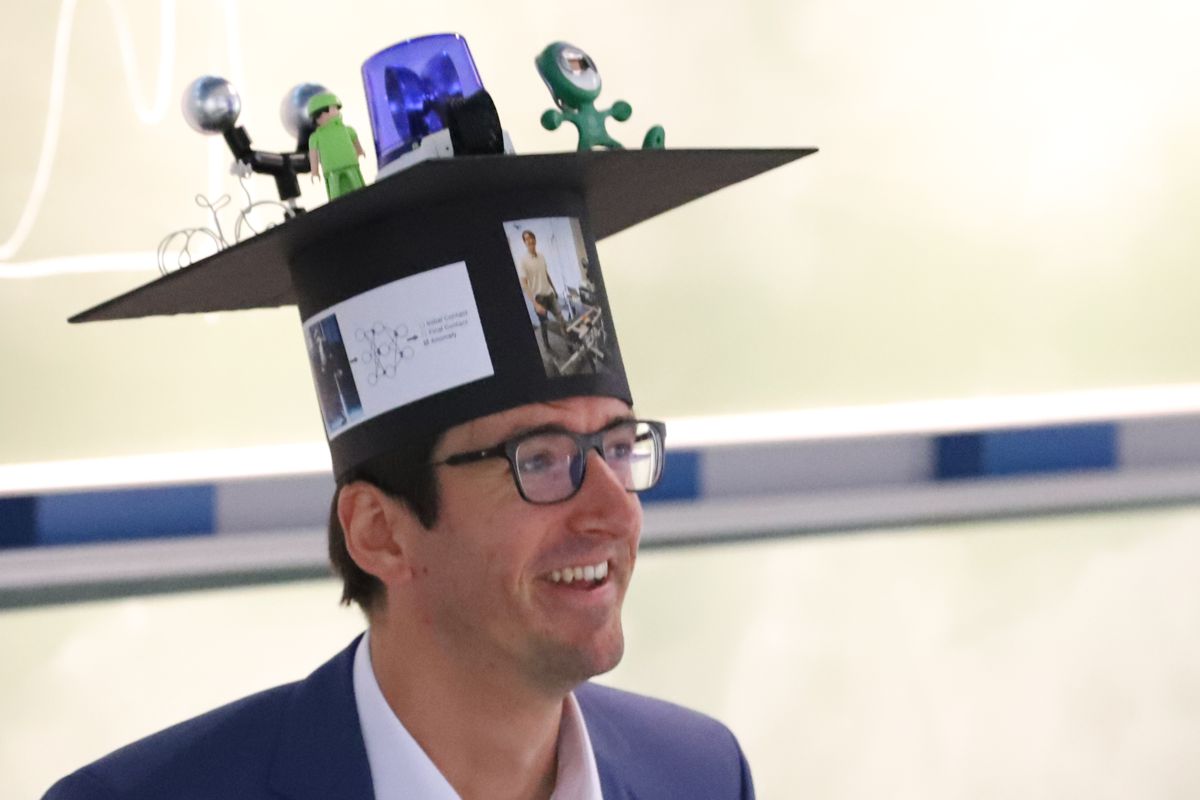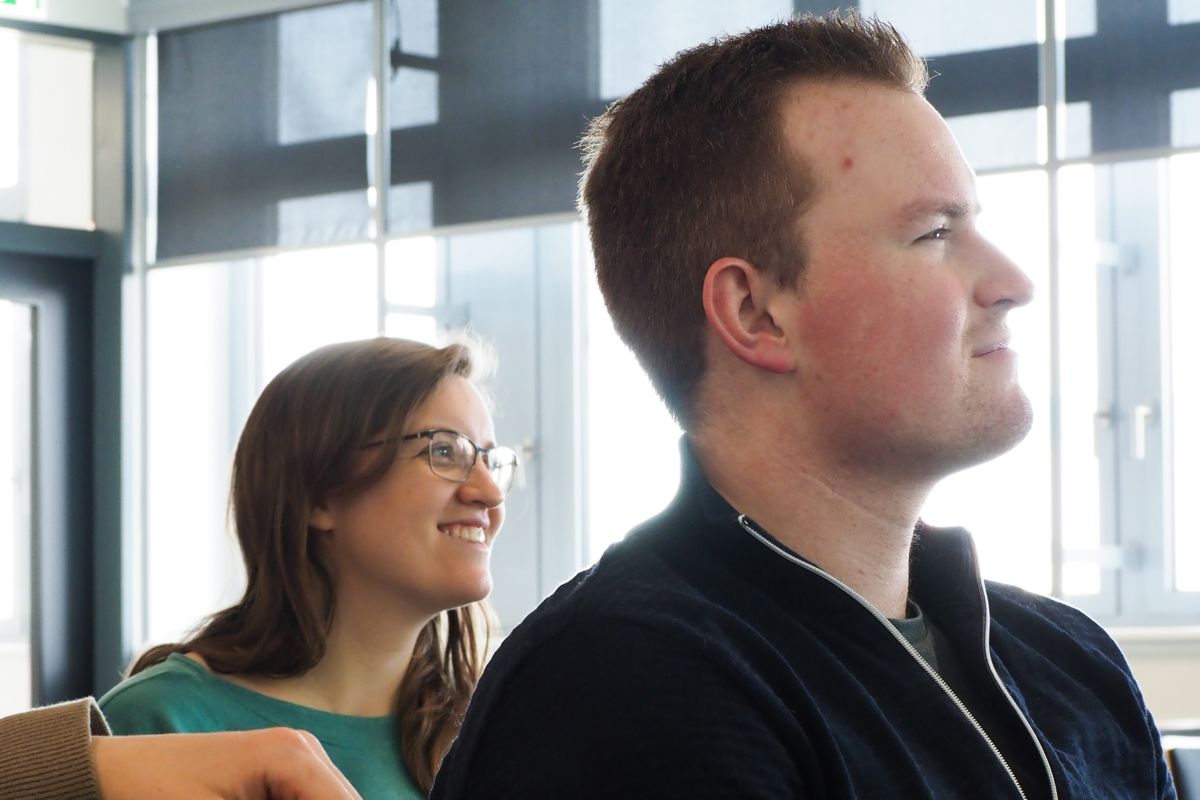No. 16 - Robbin Romijnders
Robbin Romijnders: Inertial Measurement Unit-Based Gait Event Detection in Healthy and Neurological Cohorts
Pdf-based submission (available freely via the MACAU system), 2023
Commission
- Prof. Dr.-Ing. Gerhard Schmidt
(first reviewer) - Prof. Dr. med. Walter Maetzler
(second reviewer) - Prof. Dr.-Ing. Jan Trieschmann
(examiner) - Prof. Dr. Martina Gerken
(head of the examination board)
Abstract
Walking impairments are common in elderly people and its prevalence increases with age. Walking impairments have devastating consequences and are associated with a loss of mobility, increased institutionalization, increased fall risk and decreased quality of life. Numerous disorders of both the central and peripheral nervous system can cause an impaired walking pattern. The objective quantification of walking is therefore of high clinical interest for clinicians, researchers and neurological patients.
Walking is made up from repetitive gait cycles, that can be divided in a stance phase, during which the foot is in contact with the ground, and a swing phase, during which the same foot is swinging forward. These phases are demarcated by gait events that are referred to as initial and final contact. The robust and accurate detection of these gait events is critical for any clinical gait analysis. Recent advances in wearable inertial sensor technology potentially allow the clinical gait analysis to shift to long-term continuous monitoring in the habitual environment. However, to date, the algorithms to extract gait events from inertial measurement unit (IMU) data have limited ecological validity as they have been validated mainly in clinical research settings with straight-line walking trials.
In this thesis a deep learning (DL)-based network is developed to determine gait events from IMU data from a shank- or foot-worn device. The DL network takes as input the raw IMU data predicts for each time step the probability that it corresponds to an initial or final contact. The algorithm is validated for walking at different self-selected speeds across multiple neurological diseases and both in clinical research settings and the habitual environment. The algorithms shows a high detection rate for initial and contacts, and a small time error when compared to reference events obtained with an optical motion capture system or pressure insoles.
Based on the excellent performance, it is concluded that the DL algorithm is well suited for continuous long-term monitoring of gait in the habitual environment.

 Visit of the Hans Böckler Foundation
Visit of the Hans Böckler Foundation